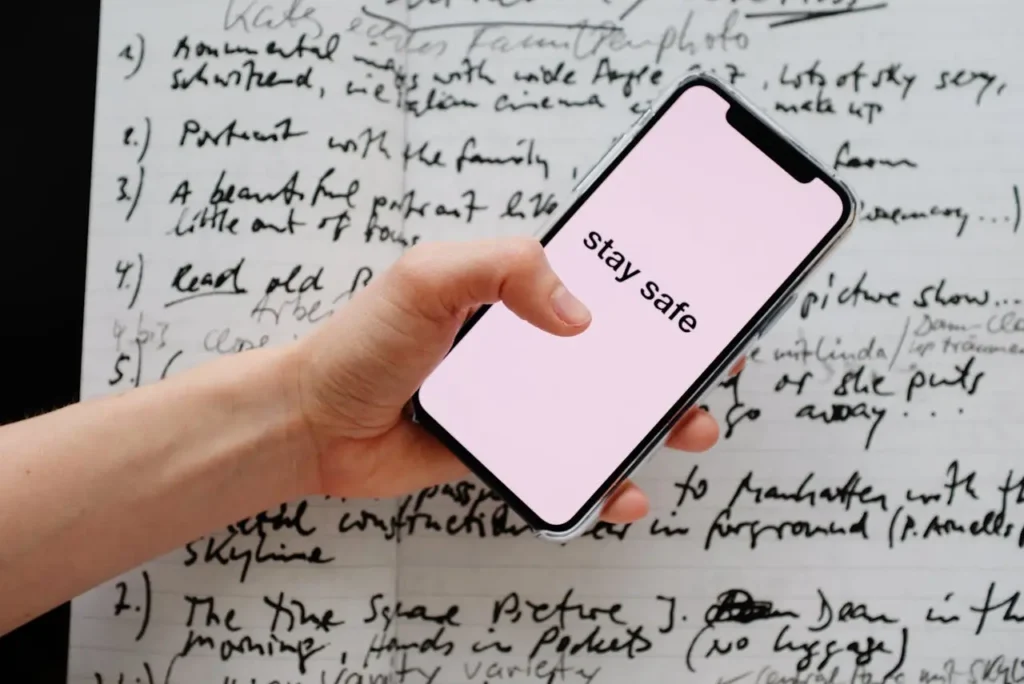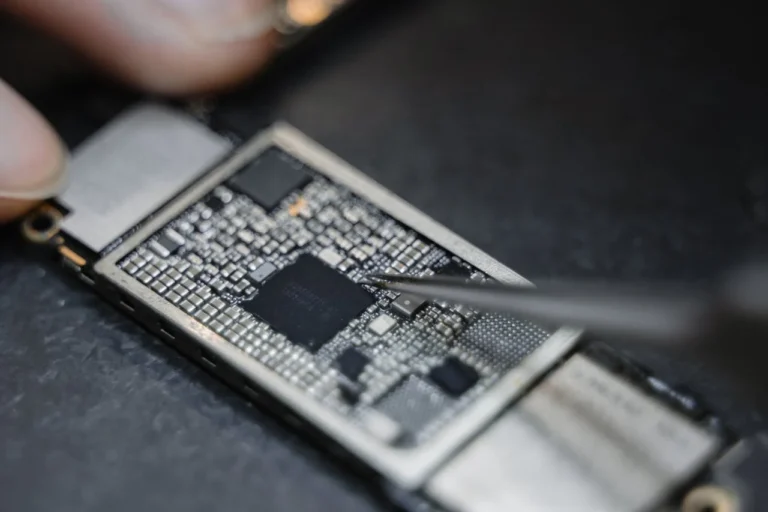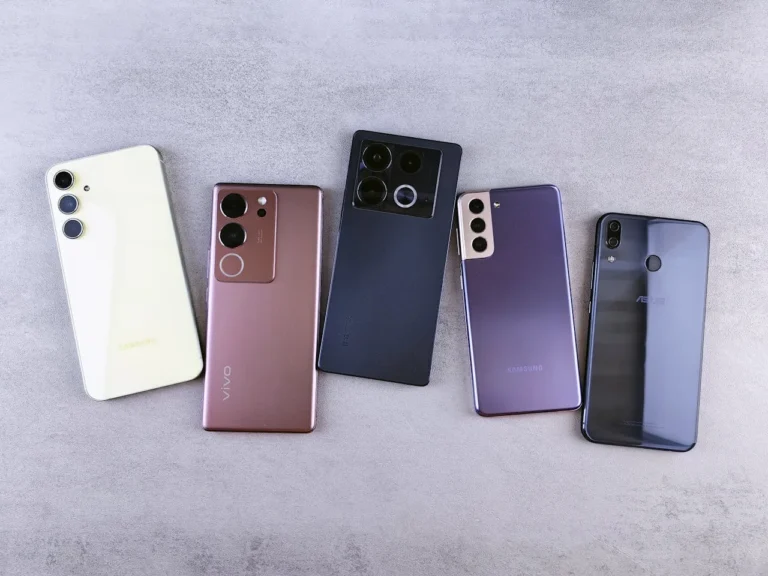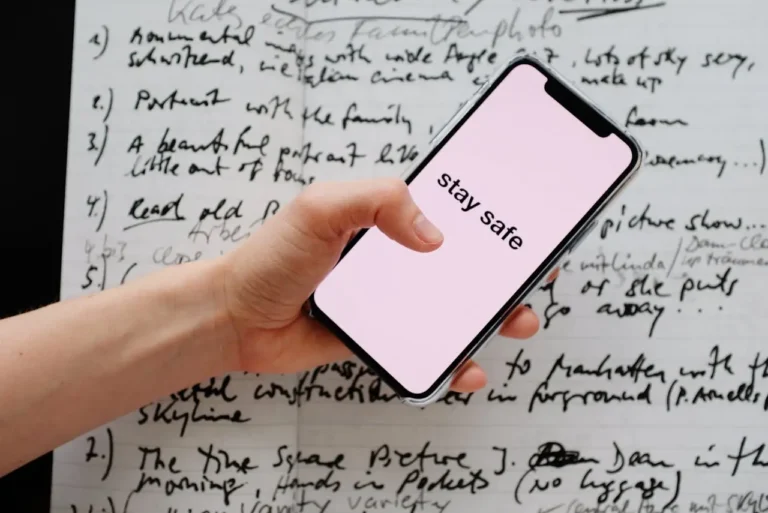
Introduction: The Day My Phone Screamed at Me
I was in the middle of making tea when my phone suddenly erupted with a noise so loud I nearly dropped the kettle. A bright, flashing message appeared on my screen: “EMERGENCY ALERT: TEST MESSAGE.” For a split second, my brain went into panic mode, was this real? Was there a nuclear strike? A zombie outbreak? Turns out, it was just the UK government testing its new emergency alert system.
If you live in the UK, you might have already experienced this, or you’re about to. The government is rolling out a nationwide system that can send urgent warnings to every mobile phone in the country during major disasters. Think floods, terrorist attacks, or (yes, they’re preparing for it) an actual Armageddon-level event.
But what exactly is this system? Why is it happening now? And should you be worried? Let’s break it all down, without the panic.
1. What Is the UK Emergency Alert System?
How It Works: A Digital Air-Raid Siren
The UK Emergency Alert System is like a modern-day version of those old air-raid sirens from World War II, except instead of a blaring horn, it’s a loud, unmissable message sent directly to your phone. The government can use it to warn people about life-threatening events, such as:
- Extreme weather (like floods or hurricanes)
- Terrorist attacks
- Public health emergencies (remember COVID alerts?)
- Nuclear threats (let’s hope this one stays unused)
I first heard about this system when a friend in Japan told me how their phones go off seconds before an earthquake hits. At the time, I thought, “Wow, that’s clever.” Now, the UK is finally catching up.
How the Alerts Reach You
Unlike regular text messages, these alerts don’t rely on your signal strength or whether you’ve opted in. They blast through using a special broadcasting technology called Cell Broadcast, which sends messages to every phone connected to a cell tower in a specific area.
Here’s what happens when an alert is sent:
- Your phone makes a loud, siren-like sound, even if it’s on silent.
- A message pops up on your screen, like:
“EMERGENCY ALERT: Severe flooding expected in your area. Move to higher ground immediately.” - The alert stays visible until you dismiss it, so you can’t accidentally ignore it.
I tested this during a trial run, and let me tell you, it works. My phone screamed at me like it was possessed. That’s the point, though. In a real emergency, you need to notice it.
Who’s Behind the System?
This isn’t some random tech experiment. The UK government, along with mobile networks like EE, O2, Vodafone, and Three, developed this system based on lessons from other countries. The US has WEA (Wireless Emergency Alerts), Japan has J-Alert, and now the UK has its own version.
Will It Actually Help?
Skeptics might say, “Do we really need this?” But history shows that fast warnings save lives.
- In 2018, Hawaii’s false missile alert caused chaos because people didn’t know if it was real.
- In 2021, Germany’s flood alerts came too late for some, leading to preventable deaths.
The UK’s system is designed to avoid these mistakes by making alerts clear, immediate, and impossible to miss.
2. Why Is the UK Testing This Now?
Learning from Past Disasters
The UK isn’t new to emergencies. From the 7/7 London bombings to the 2017 Grenfell Tower fire, there have been moments where faster warnings could have helped.
I remember watching news coverage of the Manchester Arena bombing in 2017 and thinking, “What if people nearby had gotten an instant alert to avoid the area?” That’s exactly what this system aims to prevent.
Global Influence
Other countries have had emergency alerts for years. The US uses them for AMBER Alerts (missing children), severe weather, and even presidential alerts. Japan’s system gives people 10-20 seconds of warning before an earthquake hits.
After seeing how effective these systems are, the UK government decided it was time to build its own.
Is This About War or Nuclear Threats?
With all the talk about “Armageddon alerts,” some people worry this is a sign of impending doom. The truth? It’s just better safe than sorry.
The UK already has emergency plans for nuclear attacks, pandemics, and cyber warfare. This alert system is just another layer of protection, not a sign that World War III is coming.
Public Reaction: Love It or Hate It?
When the first test alert went out, social media exploded. Some people found it useful, others called it “scaremongering.”
A friend of mine joked, “If my phone screams at me for a test, what happens in a real emergency? Will it jump out of my hand?”
But jokes aside, most experts agree, this system is a necessary step in modern disaster preparedness.
3. How Will the Alerts Affect You?
What Your Phone Will Do
- Sound: A loud, piercing alarm (like an ambulance siren).
- Vibration: Even if your phone is on silent, it’ll shake like crazy.
- Message: Clear instructions (e.g., “Evacuate now” or “Stay indoors”).
Can You Opt Out?
Technically, yes but you shouldn’t. Some Android phones let you disable emergency alerts in settings, but the government strongly advises against it.
“What if I’m in a movie theater?” Good question. The system is designed for life-or-death situations, so unless you want to risk missing a tsunami warning, keep it on.
Will It Drain My Battery?
Nope. These alerts use minimal power, they’re just a quick broadcast, not a constant signal.
What If I’m Driving?
If you get an alert while driving:
- Don’t look at your phone immediately.
- Pull over safely first.
- Then read the message.
I made the mistake of checking an alert while cycling once. Almost crashed into a hedge. Learn from my fail.
Conclusion: Should You Be Worried?
Short answer? No.
This system isn’t about fear, it’s about being prepared. Just like fire drills or first aid kits, it’s better to have it and not need it than need it and not have it.
So next time your phone screams at you, don’t panic. Take a breath, read the alert, and remember it’s there to keep you safe.
Now, if you’ll excuse me, I’m going to make sure my phone’s volume isn’t set to “ear-destroying.” Just in case.






